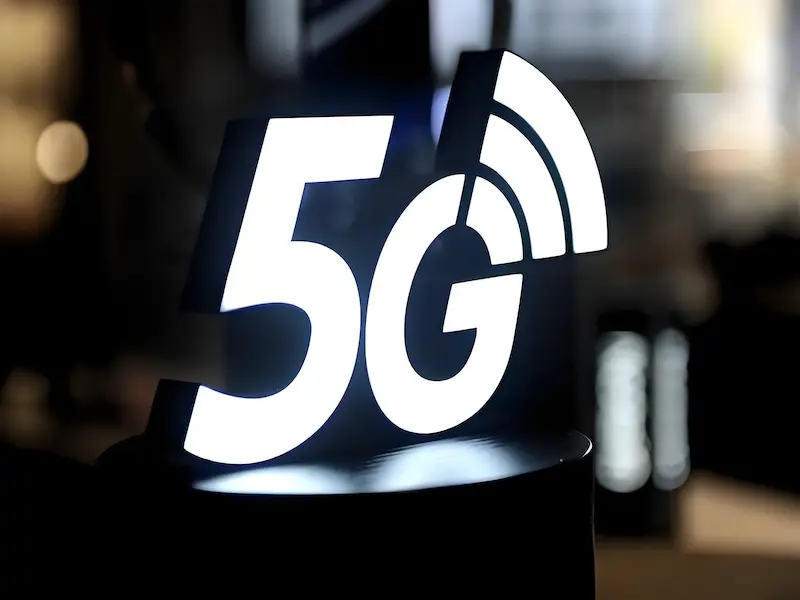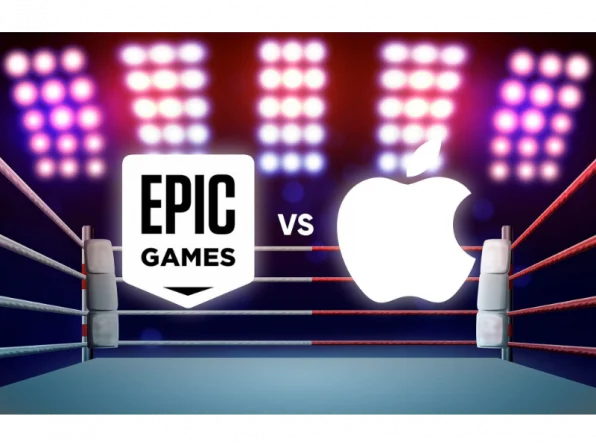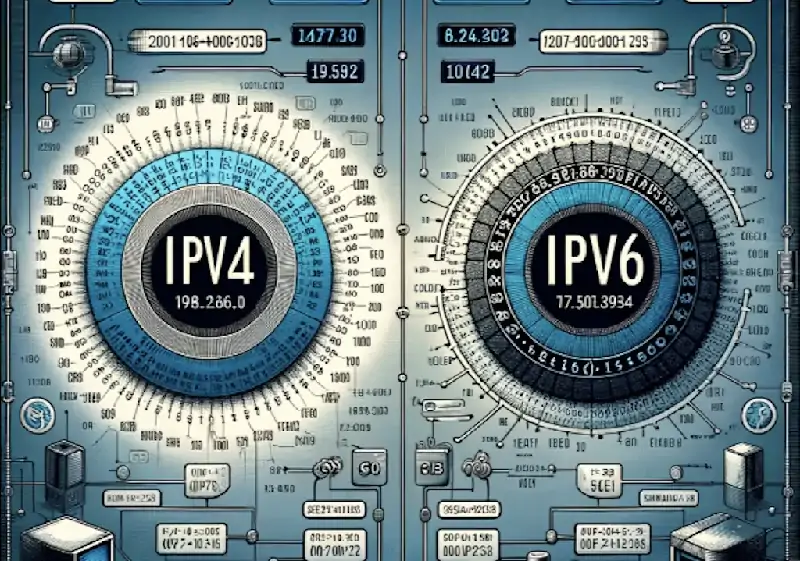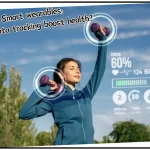- 5G technology transforms the Internet of Things (IoT) by enabling faster, more reliable communication and data transfer.
- Organisations can leverage the integration of 5G with IoT to achieve greater operational efficiency and productivity.
- This integration is leading to more efficient business operations and the development of innovative products and services.
The Internet of Things (IoT) is booming as connected devices increase from 9.7 billion in 2020 to 29 billion in 2030. There are many factors contributing to this growth, but 5G networks are one of the most important.
5G can transmit more data faster and more securely, and the speed it provides has the potential to support new business models and transform processes and business performance.
What are the benefits of 5G for IoT?
By connecting things, organisations can develop new or improve existing products, services, and business processes.
Here are some key advantages.
Faster Speeds: 5G offers significantly faster data transfer speeds compared to previous generations of wireless technology.
This speed enhancement enables IoT devices to communicate and exchange data more quickly and efficiently, leading to improved real-time responsiveness and enhanced user experiences.
Lower Latency: 5G networks have lower latency, meaning there is less delay in transmitting data between devices.
This reduction in latency is crucial in autonomous vehicles and remote healthcare, where even milliseconds of delay can impact performance and safety.
Greater Capacity: With 5G, networks can support a much larger number of connected devices per unit area compared to previous generations.
This increased capacity is essential for the growing IoT ecosystem, where billions of devices from smart home appliances to industrial sensors—need to communicate seamlessly.
Enhanced Reliability: 5G technology introduces advanced features like network slicing, which allows operators to partition their network into virtual slices optimized for different types of IoT applications.
This customisation enhances reliability by ensuring that each IoT device receives the necessary resources and quality of service to operate effectively.
Also read: China’s 5G market will add US$260 billion to GDP by 2030
5G use cases in IoT
Smart Cities: 5G facilitates the creation of smart city infrastructures by enabling a wide range of IoT devices, such as sensors for traffic management, waste management, environmental monitoring, and smart street lighting.
These devices can communicate efficiently and in real-time, leading to improved urban planning, resource management, and citizen services.
Industrial Automation: In manufacturing and industrial settings, 5G-powered IoT solutions enhance automation processes by connecting machinery, robots, and sensors.
This connectivity enables real-time monitoring, predictive maintenance, and optimisation of production processes, leading to increased efficiency, reduced downtime, and cost savings.
Healthcare: 5G enables transformative applications in healthcare, such as remote patient monitoring, telemedicine, and medical asset tracking.
IoT devices equipped with 5G connectivity allow healthcare professionals to remotely monitor patients’ vital signs, provide timely interventions, and deliver high-quality care regardless of geographical constraints.
Agriculture: In agriculture, 5G-enabled IoT devices, such as soil moisture sensors, drones, and autonomous machinery, revolutionize farming practices.
These devices provide farmers with real-time data on crop health, soil conditions, and weather patterns, enabling precision agriculture techniques that optimize resource usage, increase crop yields, and minimize environmental impact.
Transportation: 5G enhances transportation systems by enabling IoT applications that improve safety, efficiency, and sustainability.
These technologies facilitate real-time traffic monitoring, collision avoidance, and efficient route planning, leading to safer roads, reduced congestion, and lower emissions.
Also read: PNCC employs Open RAN for new 5G services in Palau
The future of 5G and the internet of things
5G and 4G will both be available for the foreseeable future.
5G is currently available mainly in major cities in the developed world to offload 4G in congested areas.
Besides, 5G, often in the form of LTE-M, is set to replace 2G and 3G in much of Europe. We expect nationwide 5G, and the replacement of 2G and 3G in many European countries, to be the dominant reality by 2025.









